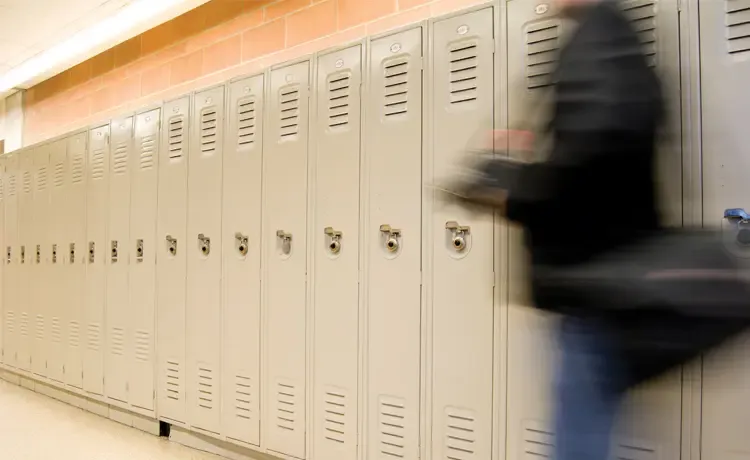Although it might seem like a suspenseful premise for a blockbuster, human trafficking is an unfortunate reality. Did you know that about 600,000 to 800,000 victims annually are trafficked across international borders worldwide? More than half of these victims are children who are targeted and lured in places where they normally gather: malls, bus and train stations, and schools. A key step to combating human trafficking is to identify victims so they can be rescued and the perpetrators brought to justice. Knowing what to look for can help you act on suspicions that something is wrong. All school personnel should be armed with the right knowledge to identify the warning signs of a potential human trafficking situation in their institution.
Human trafficking is the act of recruiting, harboring, transporting, providing or obtaining a person for labor, services or commercial sex acts by means of force, fraud or coercion.
Types of Human Trafficking
There are two main types of human trafficking: sex trafficking and labor trafficking. For the purposes of this blog, the focus is on child sex trafficking and its potential warning signs. Sex trafficking: Criminals traffic boys and girls as young as 12 years old (sometimes younger), and exploit them through street prostitution and in adult nightclubs, illegal brothels, sex parties, motel rooms, hotel rooms, truck stops and other locations.
Every year in the U.S., 100,000 to 300,000 American children are at risk of being trafficked for commercial sex.
Sex Trafficking Signs
Many victims of sex trafficking are students in American schools. The first step to identifying victims is recognizing the signs. A number of red flags can help you identify a potential sex trafficking victim:
- An older or controlling “boyfriend” or “girlfriend”
- Unexplained absences or a sharp drop in grades
- Frequently running away from home
- Social isolation from friends and family
- Drug addiction
- References to frequent travel to other cities
- Bruises or other signs of physical trauma
- Hunger or clothing not suited to the place/weather
- Coached or rehearsed responses to questions
- Sudden change in behavior, relationships or material possessions (e.g., expensive clothes or accessories)
- More than one mobile phone (e.g., one for parents, another for the trafficker and a third for johns)
- Uncharacteristic promiscuity or references to sex that are inappropriate for the age
- Highly sexual clothing or online profile
- Poor personal hygiene
- Tattoos or burns (branding) displaying the name or moniker of the trafficker (e.g., “Daddy’s girl”)
Psychological & Behavioral Clues
Often, sex trafficking red flags are coupled with some behavioral clues. Look out for the following:
- Helplessness, shame, guilt, low self-esteem, self-blame, humiliation
- Shock and denial, post-traumatic stress disorder (PTSD), phobias, panic attacks, anxiety, anger
- Withdrawn behavior, depression, fear
- Emotional numbness, detachment, dissociation
- Sleep problems or eating disorders
- Drug and/or alcohol abuse to cope with or “escape” situation, or as a method of control used by traffickers
- Avoiding eye contact, having memory gaps, resisting being touched
Report It
Do you suspect human trafficking in your school? Or do you know of another child who may be in danger? You have an obligation to report it to the proper authorities: National Human Trafficking Resource Center (NHTRC) 24/7 Hotline: 888-373-7888 (toll-free) Text line: BeFree (233733) (send “Help” or “Info”) Federal Bureau of Investigation (FBI) 800-CALL-FBI (800-225-5324) Online tip form: https://tips.fbi.gov Find an office: www.fbi.gov/contact-us/field Internet Crime Complaint Center: www.ic3.gov Get more details on child trafficking, how to identify it and how to promptly report it in the QuickSeries® pocket guide: Child Trafficking & What you Can Do About It
Read More
For more information on our Education products, browse the QuickSeries® library of guides, including: End Child Trafficking - Tools for School Personnel
